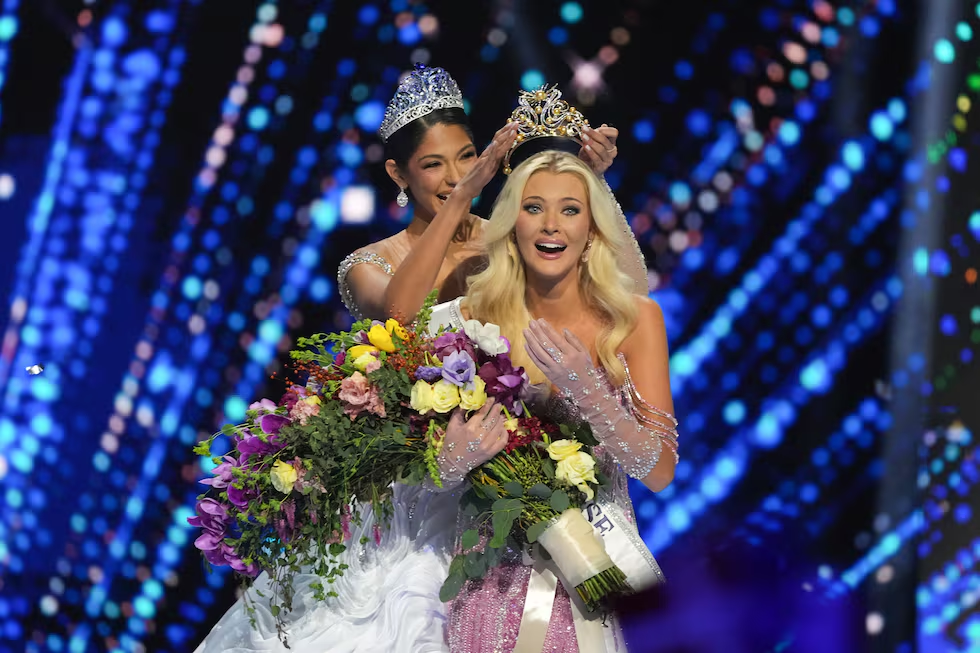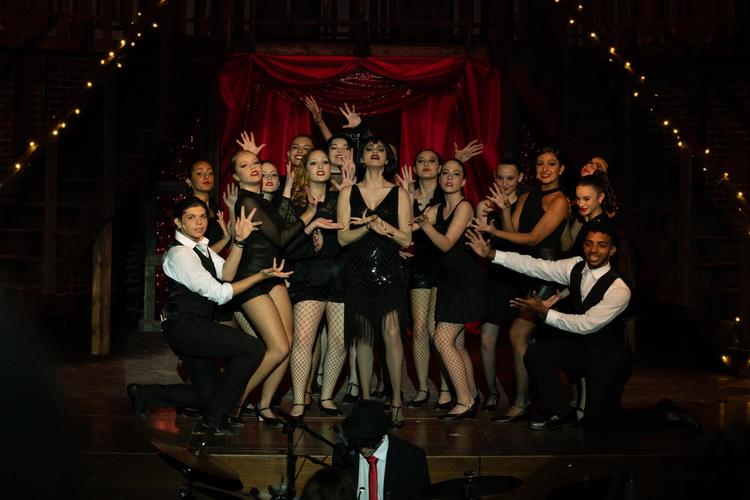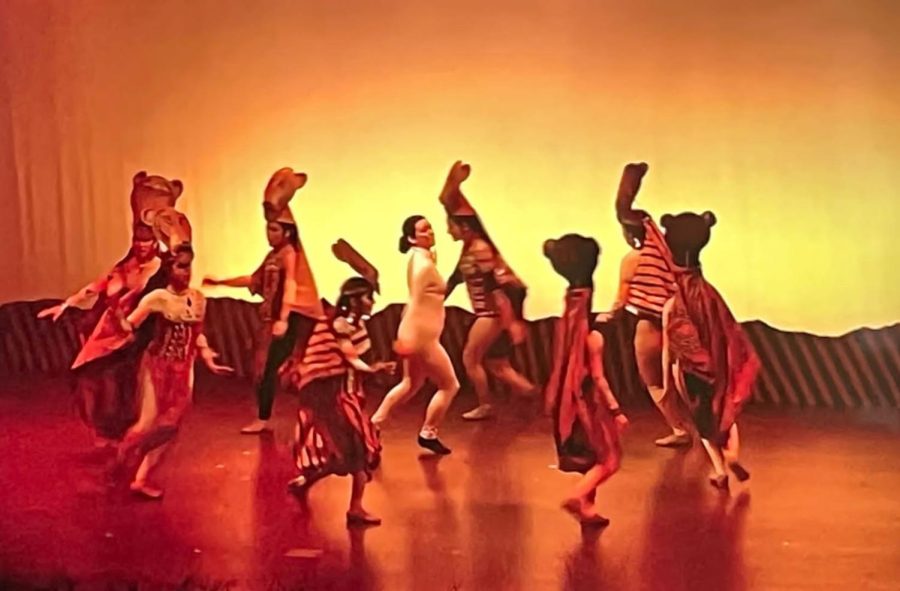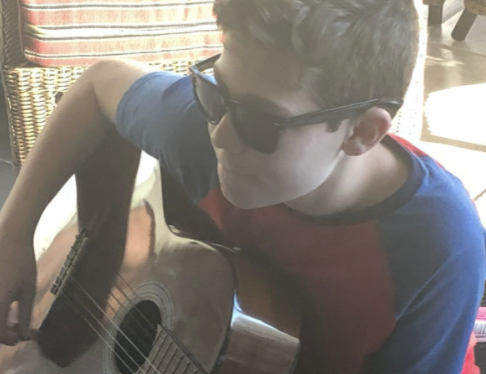Origins of Shoegaze
By the end of the 1980’s, electronic-based music had long since been a part of the mainstream, and the call to innovate on sounds from the synthpop craze over those last few years was clearer than ever. New Order, Depeche Mode, The Pet Shop Boys, and The Thompson Twins were just a few acts that served as great inspirations for defining bands down the road. As the torch was passed along at the beginning of the coming decade through bands such as the Cocteau Twins, Galaxie 500, The Mortal Coil, or Slowdive, the sound of synth pop morphed into a considerably more vaporous and washed-out texture, earning the new title of dream pop. While the Cocteau Twins brought the sound into the UK, bands like the aforementioned Slowdive were starting to emerge in the U.S, taking a more guitar-based approach to the inherited wall of sound formula. This was likely a product of the growing popularity of effects pedals for electric guitars, which, by the 1990’s, were capable of creating larger than life, facemelting tones. Fittingly, the term “shoegaze” was coined as a byproduct of these effects pedals being so prominent, as they are controlled at the feet, and required the musicians to be constantly staring downward, or gazing at their shoes.
The Life and Death of Shoegaze
While dream pop settled into many different avenues, with outfits like Mazzy Star and The Sundays opting for a more acoustic-alternative sound, the blueprints were now there for shoegaze to take solid shape. It was here, three years off of the harsh, unconventional album Isn’t Anything, that the band My Bloody Valentine emerged with a new sound to create arguably the most defining shoegaze album of all time, and one of the most defining works of the 90’s, with 1991’s Loveless. With songs like Loomer, Sometimes, When You Sleep, and Only Shallow, Loveless was somehow quiet and loud, catchy and dissonant, sweet and hideous all at once; “Loveless is simultaneously praised for its warm, dreamy atmosphere and remembered for a live tour that was so earth-shatteringly loud that it caused the music press to accuse them of criminal negligence.” (Chretien, 2019). It wasn’t long before America’s shoegaze response in Slowdive’s 1993 magnum opus, Souvlaki, which brought a more produced and touched up veil to the sound. With songs like Alison, Machine Gun, When the Sun Hits, and Souvlaki Space Station, the album is considered on all accounts to be another essential in the genre. Other bands such as Lush, Ride, and Chapterhouse cemented the UK as the epicenter of shoegaze for the decade. It was no secret, however, that the genre was the little sister of the much larger grunge movement within the U.S, which snagged most of the alternative scene spotlight for that time period. Most successful rock outfits of the time were either grunge or a blend of other genres with the grunge sound, for example acts like The Smashing Pumpkins, or Hum that drew from the shoegaze pool just enough to make it connect with American audiences. It was at this same time that the movement began to slow down, as Slowdive and My Bloody Valentine had both undergone dissolutions by 1997. The former, in specific, had dealt with issues on tour because of their explosive, and almost irresponsibly loud concerts, a quality seen by the band as essential, but seen by time as largely unsustainable; by the late 90’s, rock music was moving on with or without the founding fathers of shoegaze.
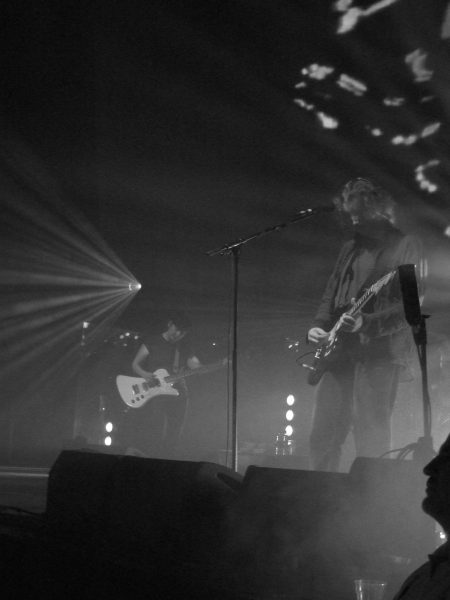
Thawing the Shoegaze Ice Age
While there had been scattered notable shoegaze endeavors throughout the 2000’s and 2010’s, they were for the most part short lived, or more interested in exploring other genres primarily. For example, there was a quasi shoegaze boom in the late 2000’s and early 2010’s, with bands like Have a Nice Life releasing the acclaimed Deathconsciousness LP in 2008, blending elements of ambient music to the genre, or Title Fight, who contributed more of an emo sound. On the other side of things, Deafheaven experimented with a “deathgaze” sound on their 2012 album Sunbather, that blended elements of heavy metal with voluminous guitar tones, while A Sunny Day in Glasgow meddled with a softer pop-rock blend. One would also be remiss without mentioning the short-lived reunion of My Bloody Valentine with M B V in 2013, the tour of which was characteristically loud; “The Valentines brought their own sound system with them on that tour, which successfully countered the horrible echo chamber. That’s still the only concert I’ve been to where they were distributing free earplugs to all attendees—those who turned them down were met with derision by the security staff.” (Bechtel, 2018). There was also consistent success in the adjacent dream pop genre at the time, with groups like Beach House, Candy Claws, and M83 pushing the needle forward. Overall, however, pure shoegaze had been put on ice, and hungry fans would consume anything with a shoegaze edge, bands that wouldn’t necessarily have been associated with the genre had they existed at its peak. These groups went inactive for the most part too, or else moved off of the shoegaze influence entirely, and the 2010’s were known overall as a bleak decade for rock music.
During the height of the pandemic, many transformations were undergone in the musical zeitgeist. There was a clear decline in radio station popularity, as people were cloistered into their homes and largely left to their own devices (literally). This gave bored, low budget artists the opportunity to experiment at home, with elements of lofi and underground music sprouting into what is now known as “bedroom pop.” This aesthetic became popular through its grounded and relatable atmosphere with acts like Clairo, Beabadoobee, Remi Wolf, and Still Woozy, as their audience was largely finding themselves in situations paralleled by the artists. It wasn’t long before a hard rock edge was paired with it, the perfect makeup for a new brand of shoegaze. Suddenly, the genre became the champion of the rock scene with Gen Z, as older shoegaze groups began to climb back into favor again; Slowdive, for example, has been extremely active throughout the 2020’s so far. At this same time, newer shoegaze artists were gaining popularity left and right, with acts like Wisp, Weatherday, Julie, and Glixen starting in and around the midst of the Pandemic’s bedlam, while pre-established bands like They Are Gutting a Body of Water, Ovlov, and Whirr gained more of a platform during the sudden boom. Now, coming out of this Covid-era, shoegaze has a firm foothold in the music world once again, arguably better than ever before, as rock music has not engaged with the youth this much in years. As a perfect cherry on top, My Bloody Valentine has recently announced three shows in the UK for a reunion tour, likely a direct result from this revivification of the genre.
Perhaps a large contributor to the triumph of shoegaze versus a genre such as grunge, which has been away from the spotlight for years, is the element of complexity; grunge music is characterized as a palette cleanser, as is shoegaze in many ways, but what made it stand out more at the time of both genres’ apexes also made it ephemeral. It was much more simple for the public to grasp it as a “return to form” concept, as it was stripped back in ways that were sonically obvious for the untrained ear; aside from the unique sound, intentionally amateur sounding mixing decisions, and effect-heavy guitar tones that are specific to the heyday of the movement, the genre is characterized heavily by its interweaving of challenging musical concepts, often including dissonant chords and engaging melodies. This is to say that while grunge came and went, shoegaze’s second life can be attributed to its multi-faceted value, and recently a whole new outlook on the genre has been unearthed by an equally hungry and reformist musical audience to that of the 90’s.
Sources:
Bechtel, C., & Bechtel, C. (2018, July 29). My my bloody Valentine might be your my bloody Valentine too | NewCity Music. Newcity Music. https://music.newcity.com/2018/07/15/my-my-bloody-valentine-might-be-your-my-bloody-valentine-too/
Best of the 1980s—The Masterpieces of Synth Pop – Google Arts & Culture. (n.d.). Google Arts & Culture. https://artsandculture.google.com/story/best-of-the-1980s%E2%80%94the-masterpieces-of-synth-pop-deutsches-museum/9QXh4Hm38lK-Jg?hl=en
Bonner, M. (2019, November 11). Going Blank Again: a history of shoegaze – UNCUT. UNCUT. https://www.uncut.co.uk/features/going-blank-history-shoegaze-102240/
Chretien, C. (2019, February 12). Walls of Sound: An Introduction to Shoegaze. https://thesheaf.com/2019/02/12/walls-of-sound-an-introduction-to-shoegaze/
Evans, N. (2024, October 16). GUIDE: Dream Pop Starter Records | KEYMAG. KEYMAG. https://www.keymag.co.uk/features/gateway-to-dream-pop
Gonzales, M. (n.d.). America’s shoegaze explosion: A brief timeline – The Daily Free Press. https://dailyfreepress.com/2024/04/04/americas-shoegaze-explosion-a-brief-timeline/
Greenwood, S. (2025, April 24). For National Radio Day, key facts about radio listeners and the radio industry in the U.S. Pew Research Center. https://www.pewresearch.org/short-reads/2023/08/17/for-national-radio-day-key-facts-about-radio-listeners-and-the-radio-industry-in-the-us/
Hogan, A., & Hogan, A. (2023, October 25). Replay: Have A Nice Life’s ‘Deathconsciousness’ | The Loyola Phoenix. The Loyola Phoenix | The official student newspaper of Loyola University Chicago. https://loyolaphoenix.com/2023/10/replay-have-a-nice-lifes-deathconsciousness/#:~:text=Marked%20by%20sounds%20of%20the,encapsulates%20a%20deeply%20depressed%20state.
Kemp, S. (2022, November 19). Watch a ferociously loud early set from My Bloody Valentine in 1989. Far Out Magazine. https://faroutmagazine.co.uk/loud-early-set-my-bloody-valentine/
Images:
allan.wan. (n.d.). Whirr. Flickr. https://live.staticflickr.com/8118/15540029508_d9400961f9_b.jpg
Black and white photograph of the rock band Whirr mid performance
Graham Racer. (n.d.). My Bloody Valentine-17. Wikimedia Commons. https://upload.wikimedia.org/wikipedia/commons/d/d5/My_Bloody_Valentine-17.jpg
Black and white candid of My Bloody Valentine


